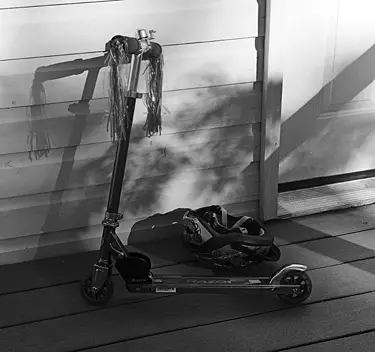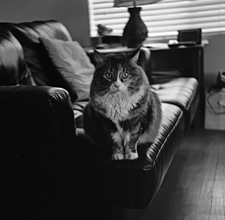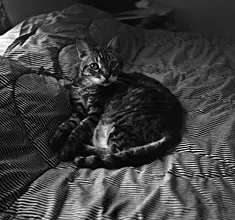home vintage cameras index

Mamiyaflex II • 1952
Below are some sample images from the camera:


Photographers today looking to shoot a medium-format tlr will particularly appreciate the Mamiya's capacity to accept standard 120 film, as opposed to the now-obsolete 620 Kodak. While shutter operation and focusing smoothness compare very favorably with Kodak's tlr, the optics of the Mamiya come up a bit short.
It is not surprising that the Mamiya Sekor lens could not achieve the sharpness of the four-element Kodak Anastar, which was one of the great lenses of the era. It is a little hard to fathom, though, why Mamiya did not choose to brighten the screen image of its reflex with the addition of a Fresnel intensifier as was the case in the Kodak Reflex II. It may just be that Mamiya saw that the design strategy emodied in the Reflex II tradition was a dead-end, and that the path to success was much more likely to point in the direction of new ideas which would be incorporated in their innovative press cameras and the extraordinary C-line of twin-lens cameras.


The Mamiyaflex II Manual is at the Butkus site.
home vintage cameras index
 © mike connealy
© mike connealy